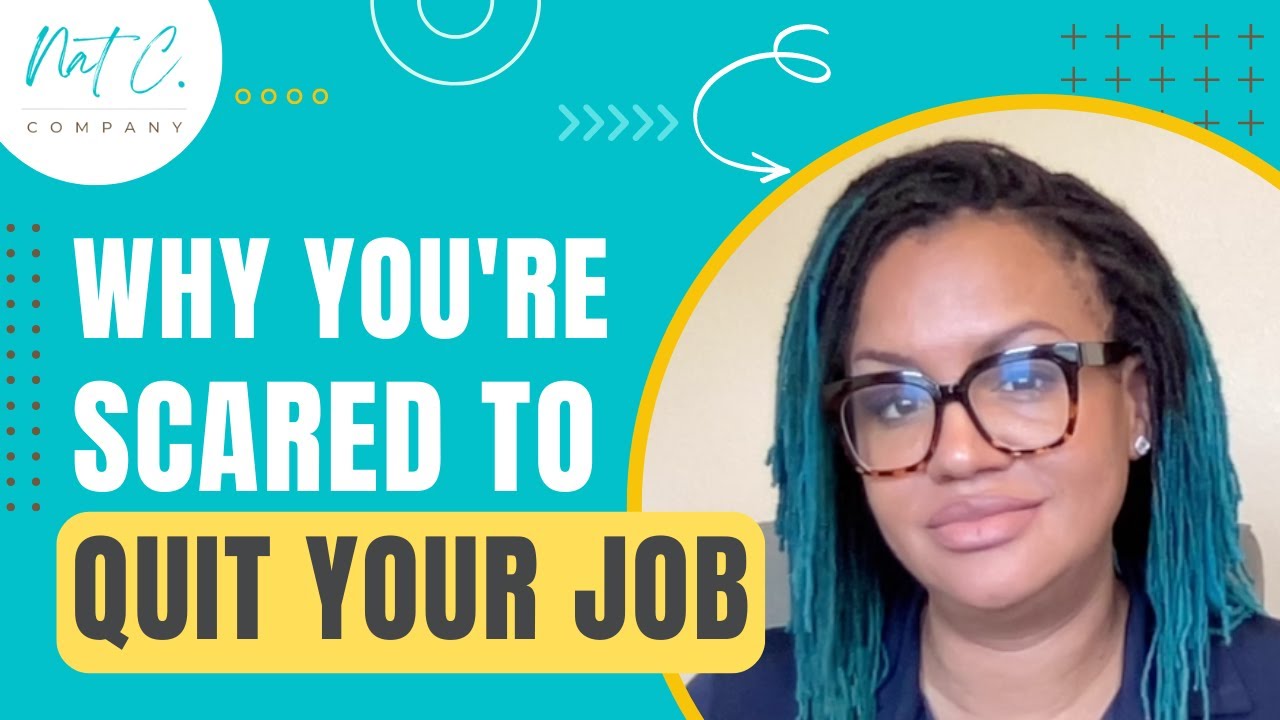Hey there, Nat C. Jones here, your go-to master facilitator from Nat C. Company. Today, I’m diving deep into a topic that resonates with many of us: the transition from being an employee to stepping into the entrepreneurial world. It’s a journey filled with excitement, fear, and endless possibilities. Let’s unpack this together.
Feeling the Entrepreneurial Itch? You Might Be an Employeepreneur
Have you ever found yourself at your job, but mentally, you’re miles away, crafting ideas for your own business? That palpitation in your heart, the sweaty palms, the distraction from your 9-to-5 tasks to scribble down business ideas – these aren’t just random occurrences. They signify that you’re what I like to call an “employeepreneur.” This phase is akin to puberty for the professional soul, a rite of passage where you’re caught between the security of employment and the call of entrepreneurship.
Recognizing the Signs of an Employeepreneur
- The Dreamer in Meetings: If you’re zoning out in meetings, dreaming about your business plans instead of focusing on the agenda, it’s a clear sign. You might find yourself nodding along without truly engaging, a classic employeepreneur giveaway.
- The Planner: Taking the time to draft a business plan, research your competition, and visualize your products or services means you’re not just daydreaming. You’re laying the groundwork for your entrepreneurial leap.
However, feeling ready doesn’t mean you’re fully prepared to make the jump. There are several boxes you need to tick off before you can safely transition from employee to entrepreneur.
Prepping for the Leap: A Checklist for Aspiring Entrepreneurs
- Financial Safety Net: Embarking on your business venture is risky. Ensure you have at least six months’ worth of both living and business expenses saved up. I’d recommend a year’s worth for added security. This buffer will give you the freedom to grow your business without the immediate pressure of turning a profit.
- Side Hustle Momentum: If possible, start generating income from your business while still employed. This strategy not only validates your business idea but also provides a financial cushion. Remember, transitioning to full-time entrepreneurship doesn’t mean instant revenue.
- Time Investment: Ready to sacrifice your free time? Turning off the TV and minimizing social distractions are essential sacrifices. Use your spare time wisely to work on your business, from creating a website to networking for potential clients.
Making the Transition Smooth and Strategic
When the time comes to transition, do it with grace and strategy. Leaving your job doesn’t have to mean burning bridges. On the contrary, your current employer could become your first client, offering a unique opportunity to maintain a professional relationship on new terms.
I’ve lived this journey myself. I made the leap in 2017, equipped with a solid plan, financial safety, and initial clients. The transition from an employeepreneur to a full-fledged entrepreneur was intentional and well-prepared, distinguishing it from the times I had to pivot to entrepreneurship out of necessity due to unemployment. This time around, my departure was a choice fueled by readiness and strategic planning, not circumstance.
Turning Your Employer into Your Client
One fascinating aspect of my transition was the ability to transform my former employer into a client. This isn’t just a pipe dream; it’s a viable strategy if you’ve proven your worth and can offer valuable services as an independent contractor. The shift in dynamic is profound. As a contractor, you enjoy more control over your time and the nature of your work. Plus, there’s a certain respect and autonomy that comes with this relationship that’s quite different from being an employee.
Embrace the Employeepreneur Mindset
If you’re feeling the entrepreneurial itch, it’s time to embrace the employeepreneur mindset fully. Start laying the groundwork for your transition today. This means more than just dreaming; it’s about doing. Draft your business plan, refine your product or service offering, start networking, and, most crucially, begin saving.
Reducing personal expenses can also provide a financial buffer for your business venture. Cut back on non-essential spending to boost your savings. Every dollar saved is a dollar that can support your dream during the early stages of your business.
The Journey Ahead
Remember, transitioning to full-time entrepreneurship is not without its challenges. There will be tough times ahead. However, with adequate preparation, a solid financial plan, and a commitment to your vision, these challenges become stepping stones rather than stumbling blocks.
This journey from employee to entrepreneur is a path of personal and professional growth. It’s about transforming your work-life to align with your passions and goals. It requires courage, discipline, and resilience, but the rewards are immeasurable.
In Conclusion
As we wrap up this part of our discussion on moving from being an employee to an entrepreneur, remember that this is just the beginning. The road ahead is filled with learning opportunities, potential setbacks, and, most importantly, the chance to create something truly your own.
Stay tuned for more insights into this exciting journey. In our upcoming segments, we’ll delve deeper into the specifics of making a seamless transition, from practical steps to mental preparation. Whether you’re just starting to feel the pull of entrepreneurship or you’re ready to take the leap, know that you’re not alone in this journey. Together, we can navigate the path from employeepreneur to successful entrepreneur.
Until next time, keep dreaming, planning, and executing. Your entrepreneurial future awaits!


0 Comments